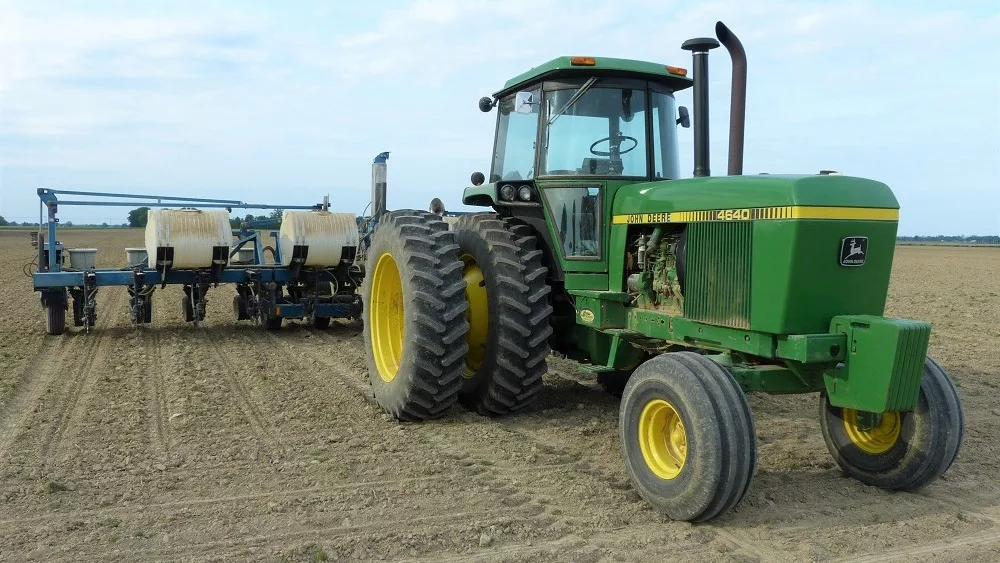 Tar spot has been a major problem for Indiana growers in recent years, but “as we’re looking at this dry and hot weather, it should slow the pathogen down.”
Tar spot has been a major problem for Indiana growers in recent years, but “as we’re looking at this dry and hot weather, it should slow the pathogen down.”
That according to Purdue Extension Field Crop Pathologist Darcy Telenko explaining on the Purdue Crop Chat Podcast that tar spot needs moisture to thrive. She says that northern Indiana has historically been hit harder by tar spot because of morning dews and cloud cover.
“We’ve found the pathogen in 82 of our 92 counties here in Indiana. That being said, northern Indiana’s where we’re getting the hit on our yield losses. There are pockets in other parts of the state where if we look at the map from last year, central Indiana here in West Lafayette, we had droughty conditions. It came in, I could find it, but it was not causing any yield losses.”
How big are the potential yield losses in northern Indiana?
“So, I say we see up about 50 percent. So, depending what your yield potential is, depending on when the disease moves in and how fast it shuts the crop down. So, if we’re at R4 and all those leaves have been blighted by tar spot, we’re going to lose a lot of weight on finishing that crop. We generally say 20–60-bushel. Last year it topped it. Tar spot was the number one disease in the United States for corn on leading to yield losses.”
If the water turns back on, Telenko says you need to be ready with a foliar fungicide.
“For tar spot, generally our timing of VT, R1 to R2 has been optimum if we’ve got to pick a timing. Fungicide availability may be a problem this season, so we need to be very judicious on how we’re going to use it and put it out there one good time if we’re going to try to protect the crop. I’d say rolled corn right now, we’re not going to get good coverage anyway. We need to hold on but be ready if things change.”
Telenko discusses much more with Purdue Extension Corn Specialist Dan Quinn and Soybean Specialist Shaun Casteel on the Purdue Crop Chat Podcast. You can find that below.
Telenko also recommends using the Tarspotter app available for both iPhone and Android.




